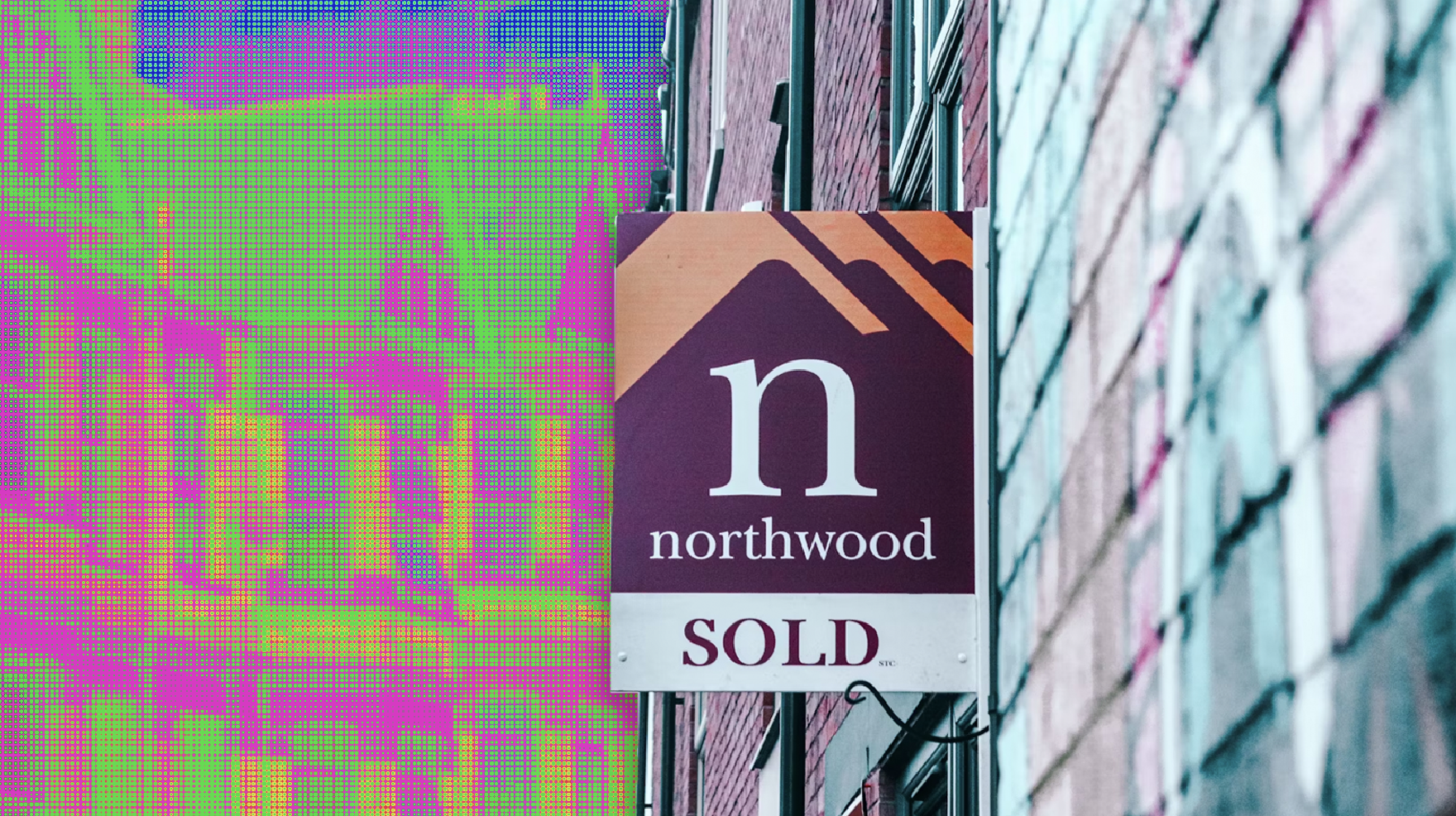Economic ideas can broadly be split into those that affect supply and those that affect demand. Take the government’s proposals to introduce 99% mortgages as an example of policies which increase demand. But experts tend to agree supply is the problem: there is simply not enough affordable housing.
Without action, 310,000 children will be living in temporary accommodation by 2045, with 5.7 million households on the social housing waiting list, according to the National Housing Federation.
Building houses will be required – but there are other tools at our disposal, even if they require fresh thinking.
How does Community Right to Buy work?
Community Right To Buy proposes taking rules already applied to the social housing sector – carbon standards, decent homes standards, sustainability standards – and applying them to the private sector.
If a property doesn’t meet this standard, a landlord must make improvements or sell up. First refusal would be given to local authorities, social housing landlords, or community groups.
This would also apply to empty homes, giving communities a chance to regenerate ‘left behind areas.‘
Advertising helps fund Big Issue’s mission to end poverty
It wouldn’t be the first time councils have gone on a purchasing spree. In the 1970s, councils purchased around 14,000 properties a year. In 2023, Sadiq Khan gave London councils new powers to purchase homes from the private market, with ambitions to bring 10,000 properties back into public ownership under the Council Homes Acquisition Programme. Nationwide, however, acquisitions have been on a steady decline.
Community Right to Buy, argues Winson, offers a chance to reverse the trend while driving up standards for tenants.
“If you are a good landlord and you are really wanting to do your property up so you don’t end up falling foul of the law, this gives you plenty of incentive to do that,” she says.
“It allows people to come together, if they’re in a community or a community housing trust, and make the decisions about what they want to do, and what kind of housing they have, together.”
Rather than new housing supply coming in the form of newbuild estates stuck on the edges of towns, or unsuitable office blocks converted into squalid flats, communities would be able to decide where demand needs to be met.
“It allows people to come together, if they’re in a community or a community housing trust, and make the decisions about what they want to do, and what kind of housing they have, together.”
Advertising helps fund Big Issue’s mission to end poverty
“What is needed is political will. What needs to happen for that to change, fundamentally, this has to become a problem that politicians are forced to reckon with.”
Labour has committed to a similar-but-different idea, also called Community Right to Buy. Announced by Lisa Nandy in 2022, the opposition’s policy would let communities crack down on holiday lets, take control of derelict pubs and rescue failed football clubs.
However, the ambitious scheme isn’t without its challenges. For one, it would need government grants to function. It’s also an idea which works better in areas with lots of empty homes – to ensure better value for money, and kickstart regeneration.
“It isn’t a case of one idea alone is going to fix the housing crisis, this would play a part in driving standards and increasing affordable housing stock, but this alone wouldn’t do it,” says Winson.
“Fundamentally in order for the housing crisis to be fixed, you’re going to have to shrink the private rental sector and grow the social housing sector. It’s as simple as that.”









